As per a Hindustan Times report , there were 4,59,242 students sitting for TSBIE Chemistry Practical exams last year. About half of them passed it to move to the TS board inter 2nd year course. So, today we will let you know the full TSBIE chemistry practical syllabus in detail. Both students and teachers can benefit from this comprehensive list of experiments and observations that you must know.
The system of higher secondary education in the state of Telangana is handled by TSBIE, that is, Telangana State Board of Intermediate Education. The TSBIE official website is https://tsbie.cgg.gov.in which has all the official announcements useful to teachers, school governing bodies, and students and their parents too.

The TSBIE chemistry practical lab syllabus is geared towards giving the students a proper hands-on learning experience that would imprint well in their memories. It should give a better understanding of how various chemicals actually interact, and how to perform various baseline laboratory work that underlines many future work and experimentations that the student may perform, should they choose a career in chemistry or biochemistry.
To perform these TS board intermediate level lab experiments, you will need a proper wet lab furniture setup, and appropriate lab equipment and lab consumables . Labkafe is your best bet to find both! Without proper chemistry lab furniture or chemistry lab equipment , you will be hard pressed to get any results.
TSBIE Chemistry Practical Syllabus for Inter Year 1 (Class 11)
Basic Lab Techniques
- Glass tube and glass rod ‒ cutting and bending
- Drawing out a gas jet
- Cork or stopper boring
Character of Substances
- Find out the (a) melting point and (b) boiling point of an organic compound.
- Perform and study crystallization of the following chemical compounds:
- Alum
- Copper sulphate
- Benzoic acid
PH Value of Chemicals and Experiments
- Use indicator paper and universal indicators to determine the pH values of solutions of the following:
- Various fruit juices
- Various concentration of same acid
- Various concentration of same base
- Various concentration of same salt
- Use universal indicators and indicator papers to determine the pH value of the solutions of strong acids (HCl) and weak acids (Acetic acid) of the same known concentration.
- Titrate a strong base (NaOH) and see the pH change using an universal indicator.
- Perform a common-ion effect experiment between a weak acid (Acetic acid) and a weak base (Ammonium hydroxide) and see the pH change using universal indicators.
Experiments Related to Chemical Equilibrium
- Change the concentration of either ions in a reaction between ferric and thiocyanate ions and observe the shift of equilibrium.
- Change the concentration of either ions in a reaction between cobaltous and chloride ions and observe the shift of equilibrium.
Quantitative Estimation
- Study a chemical balance (precision balance or analytical balance ) and learn how to operate it effectively.
- Prepare standard solutions of:
- Oxalic acid
- Sodium carbonate
- Find out the strength of a given solution of the first substance by titrating it against a standard solution of the second substance:
- Sodium hydroxide, oxalic acid
- Hydrochloric acid, sodium carbonate
Qualitative analysis
- Learn how to find if the following ions are present in a given sample salt.
- Anions: carbonate, acetate, sulphide, sulphite, sulphate, nitrous, nitrate, chloride, bromide, iodide, phosphate.
- Cations: lead, cuprous, cupric, aluminum, ferrous, ferric, manganese, nickel, zinc, cobaltous, calcium, barium, strontium, magnesium, ammonium.
(Note: this continues to the 2nd year as well.)
- Detect the presence of the following elements in a given organic compound:
- Nitrogen
- Sulphur
- Chlorine
Project Work
Each student should conduct a scientific investigation, which should include collecting samples and data from various sources, and laboratory testing. Students can choose any project approved by their teachers ‒ here are some ready-made examples one may try out.
- Collect water samples from different sources/locations and test sulphide ion content in them to determine the level of bacterial presence.
- Study how water is purified in step-by-step detail.
- Collect drinking water samples from various sources and determine various properties of them such as hardness, presence of iron, fluoride, chloride etc. Investigate the reasons behind the results you find.
- Test out the foaming capacity of different soaps, and what happens when you add sodium carbonate to them.
- Collect processed/unprocessed tea leaf samples of different kinds, and study their pH levels.
- Observe and comment on how different acids and bases change the tensile strength of fibers.
- Collect fruit and vegetable juice of many kinds and analyze their acidity levels.
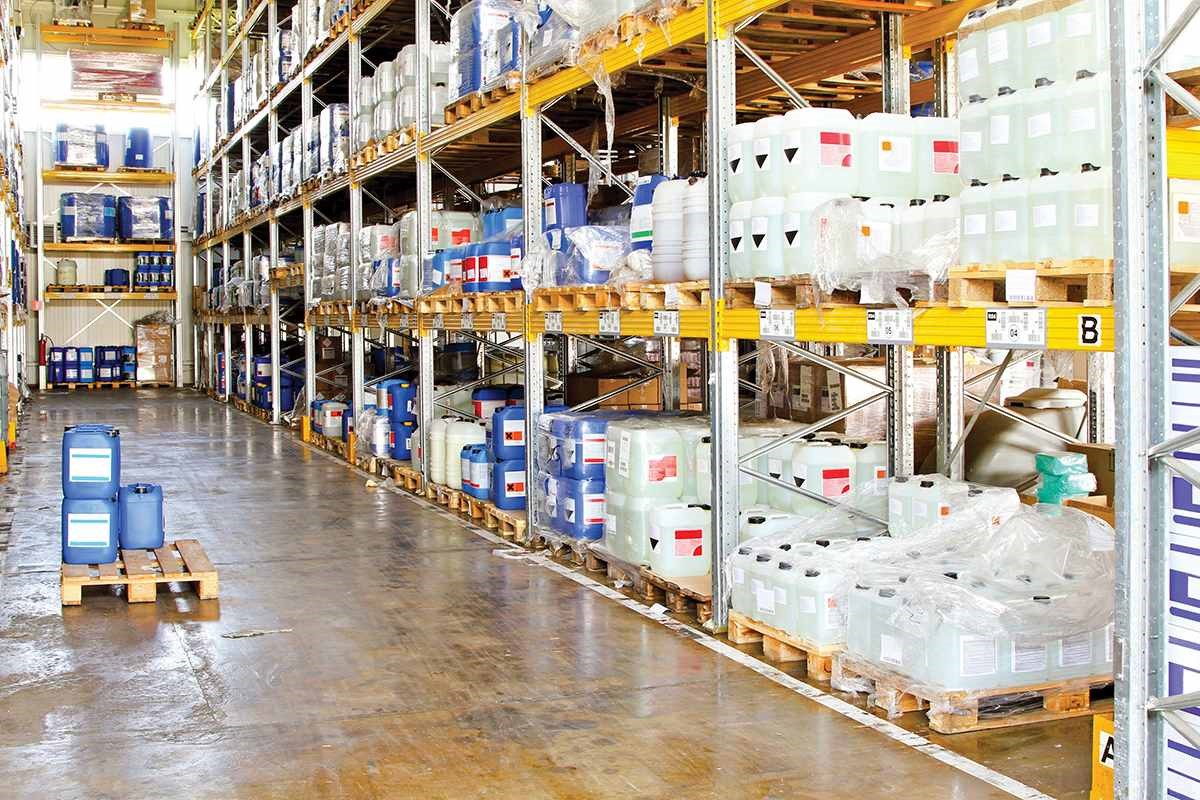
TSBIE Chemistry Practical Syllabus for Inter Year 2 (Class 12)
Qualitative Analysis
Learn how to find if the following ions are present in a given sample salt.
- Anions: carbonate, acetate, sulphide, sulphite, sulphate, nitrous, nitrate, chloride, bromide, iodide, phosphate.
- Cations: lead, cuprous, cupric, aluminum, ferrous, ferric, manganese, nickel, zinc, cobaltous, calcium, barium, strontium, magnesium, ammonium.
(Note: this remains similar to and continues from the work done in the previous year.)
Volumetric Analysis
- Find out the concentration and molarity of a given potassium permanganate solution by titrating it against a standard solution of ferrous ammonium sulphate.
- Find out the concentration and molarity of a given potassium permanganate solution by titrating it against a standard solution of oxalic acid.
- Find out the concentration and molarity of a given Hydrochloric acid solution by titrating it against a standard solution of sodium carbonate.
- Find out the concentration and molarity of a given sodium hydroxide solution by titrating it against a standard solution of oxalic acid.
Organic Compounds
- Test if any of the following functional groups (primary groups only) are present in a given organic compound sample:‒ unsaturation, alcoholic, phenolic, aldehydic, ketonic, carboxylic, amino.
- Macronutrients test ‒ determine the presence of sugar, carbohydrates, fats, and proteins in given pure samples and food samples.
Project Work
Same as the previous work, students would complete a project, possibly one of the following.
- Observe how oxalate ions are present in guava at different ripeness.
- Observe the amount of casein present in different types of milk.
- Prepare soya milk, and compare its properties with natural milk (effect of temperature, curd formation, etc.)
- What happens when we use potassium bisulphate as a preservative in different foods with respect to temperature, concentration, time of freshness, etc.
- Study how your salivary amylase can digest starch, with respect to pH value and temperature.
- Fermentation: how it works in different materials ‒ carrot juice, potato juice, wheat flour, gram flour.
- Extract the essential oils present in aniseed, cardamom, and carom.
- Examine what food adulterants are commonly present in fat, oil, butter, sugar, turmeric powder, chili powder, and pepper.
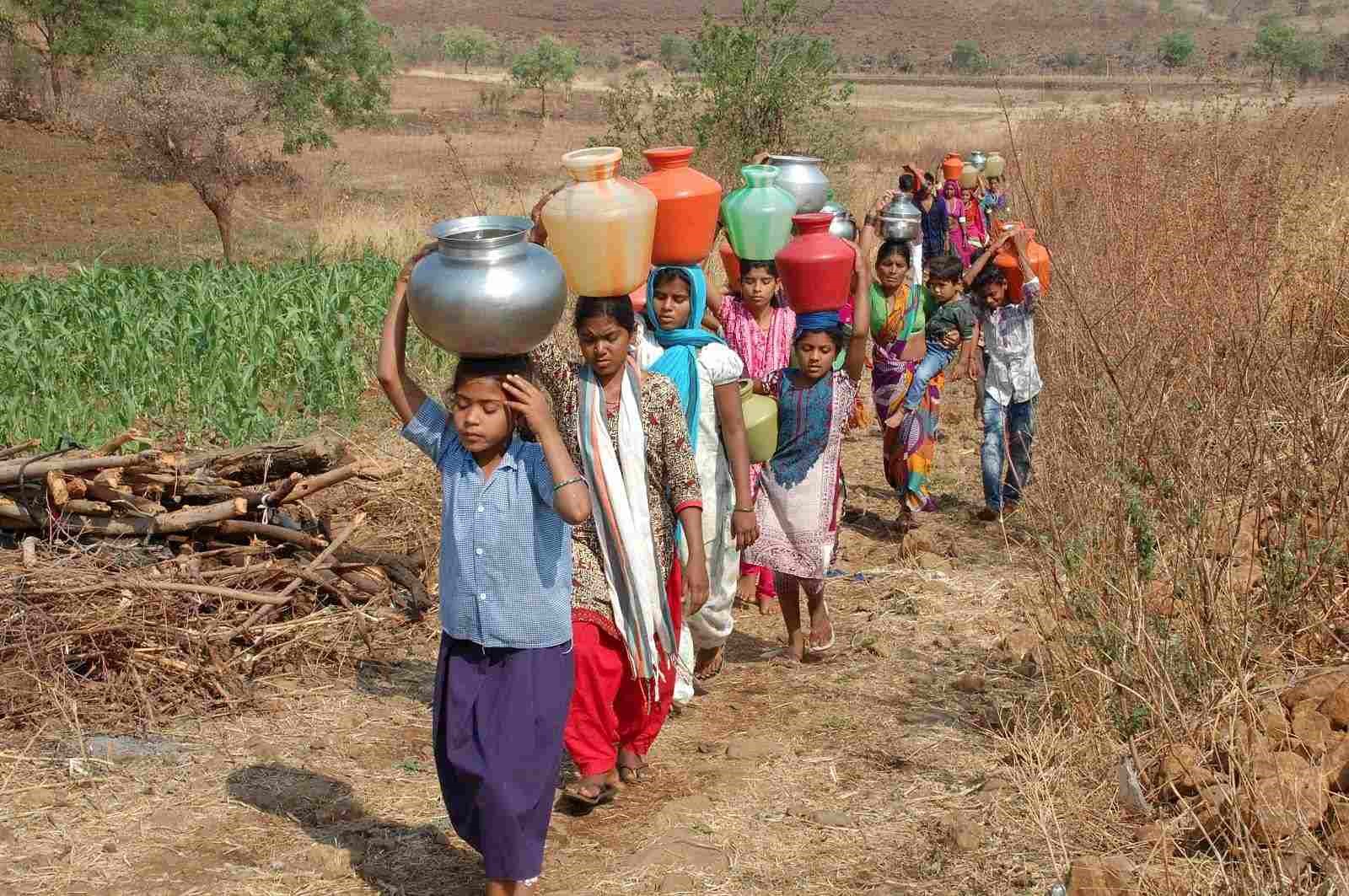
How to Do Telangana Board Chemistry Practicals
The above seems to be a lot! Indeed, many schools do not seem to want to finish all of the syllabus. There can be many reasons ‒ not enough time or not sufficient manpower, materials not being available, chemicals too expensive (for example, the Sudan III reagent required for the fat test is very costly!) or many other things. However, if that is the case then Labkafe’s Lab Tutorials can help you. See if you live in an area we serve presently.
Anyway, for a school to do the TSBIE chemistry practical experiments and projects, what you absolutely need (besides a good lab furniture setup) is the TSBIE Chemistry Lab Equipment Package from Labkafe. This package contains all the lab equipment, glassware, support apparatus, and consumables that you need to perform all the above activities.
Generally, the Telangana Inter board holds the written exams in the month of May (this year, it is happening from May 6, 2022 to May 24, 2022). There will be nearly 5 lakh students appearing for these exams. And we wish all the best to all of them, and the teachers and staff making this possible!
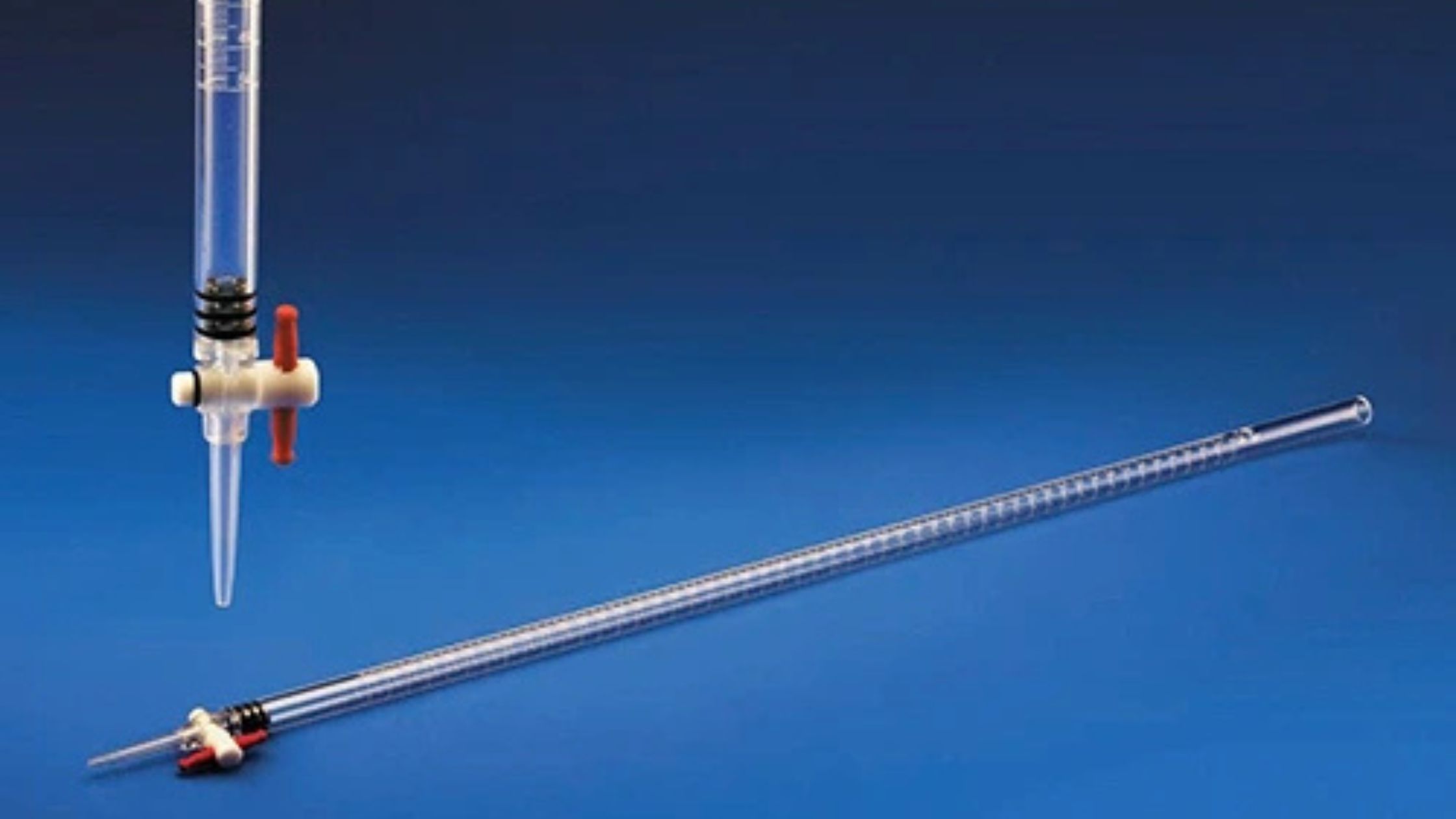
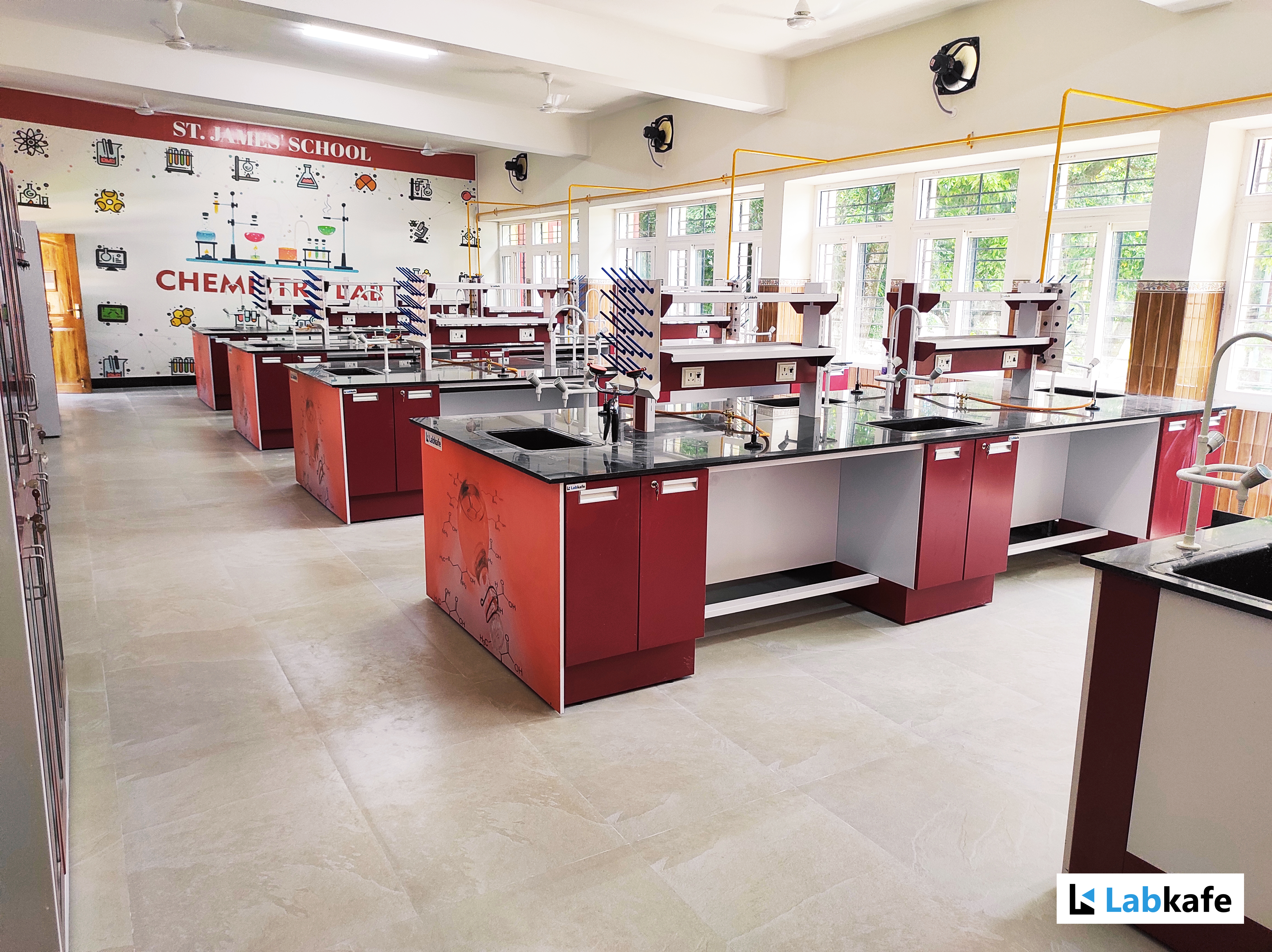

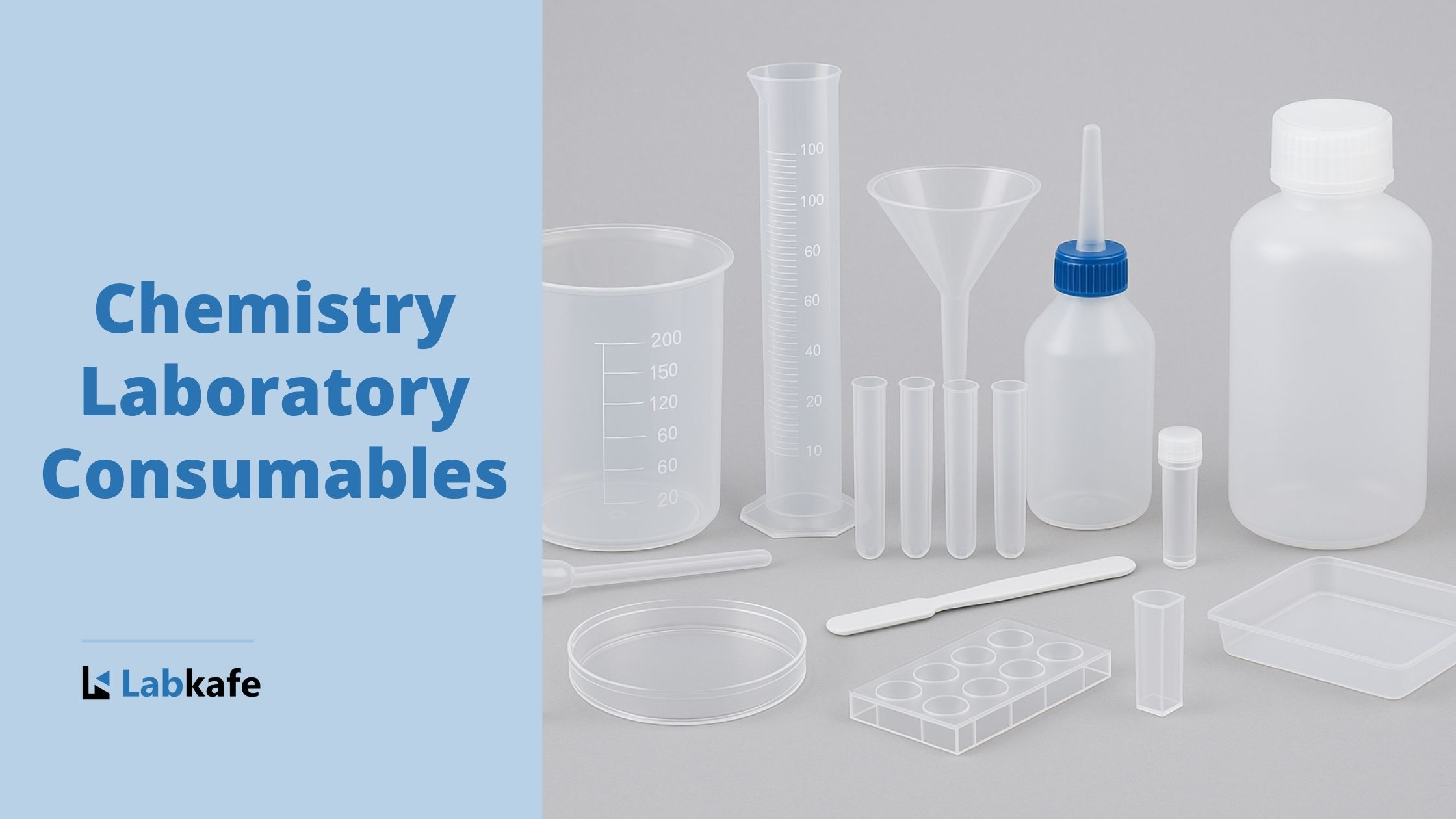
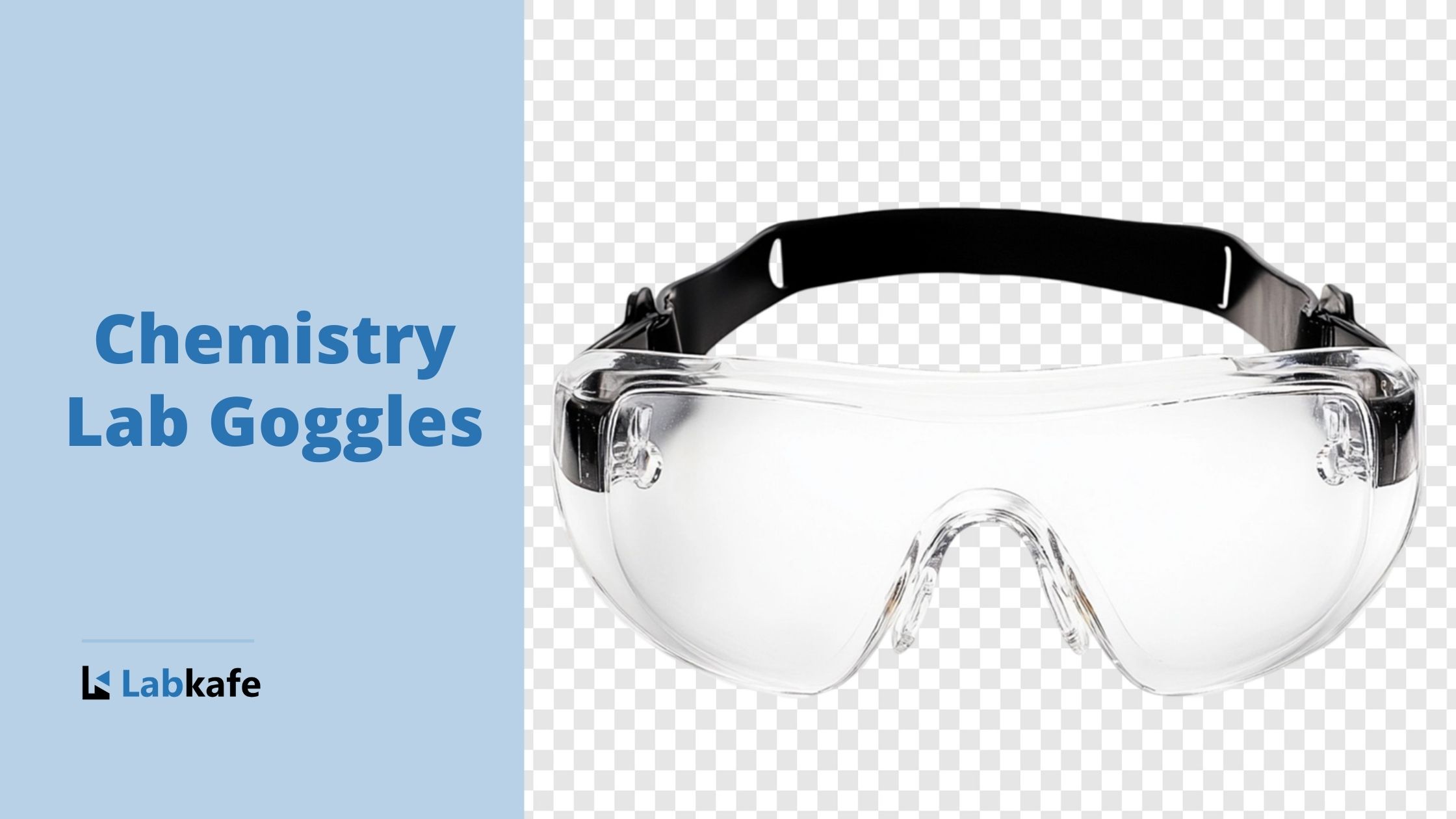







Leave a Reply